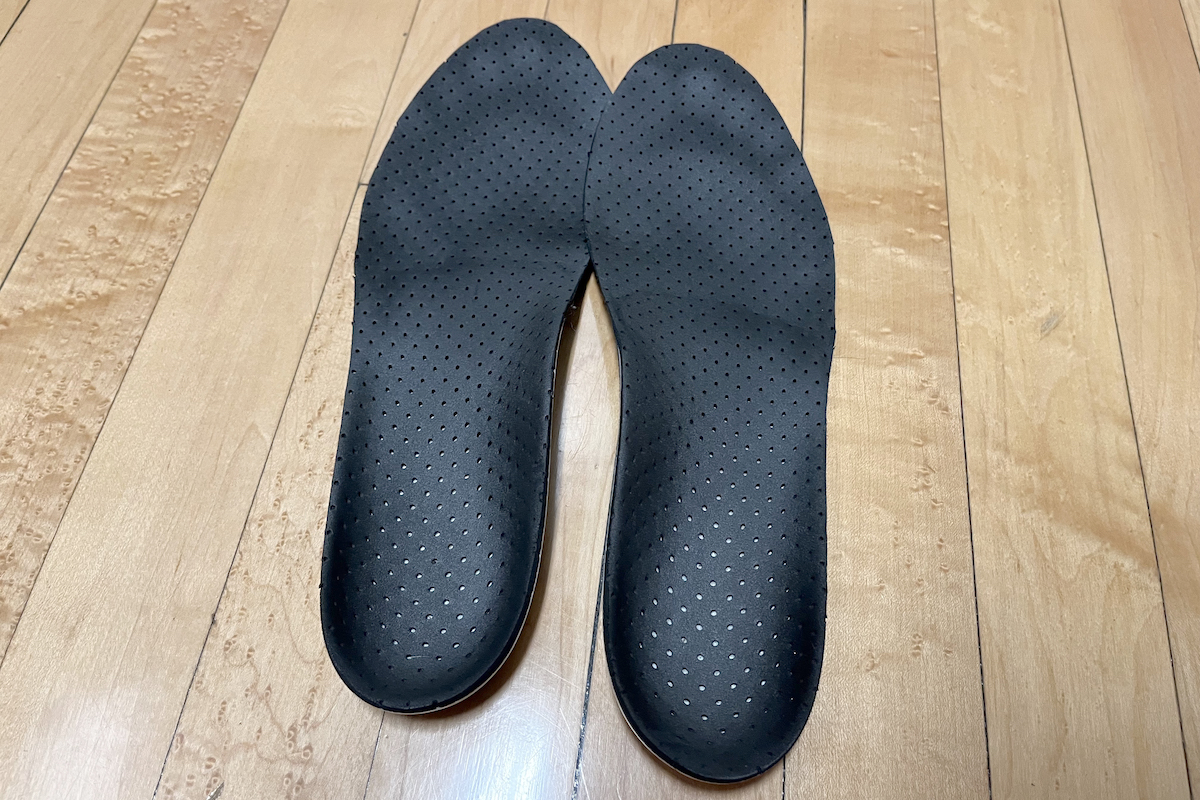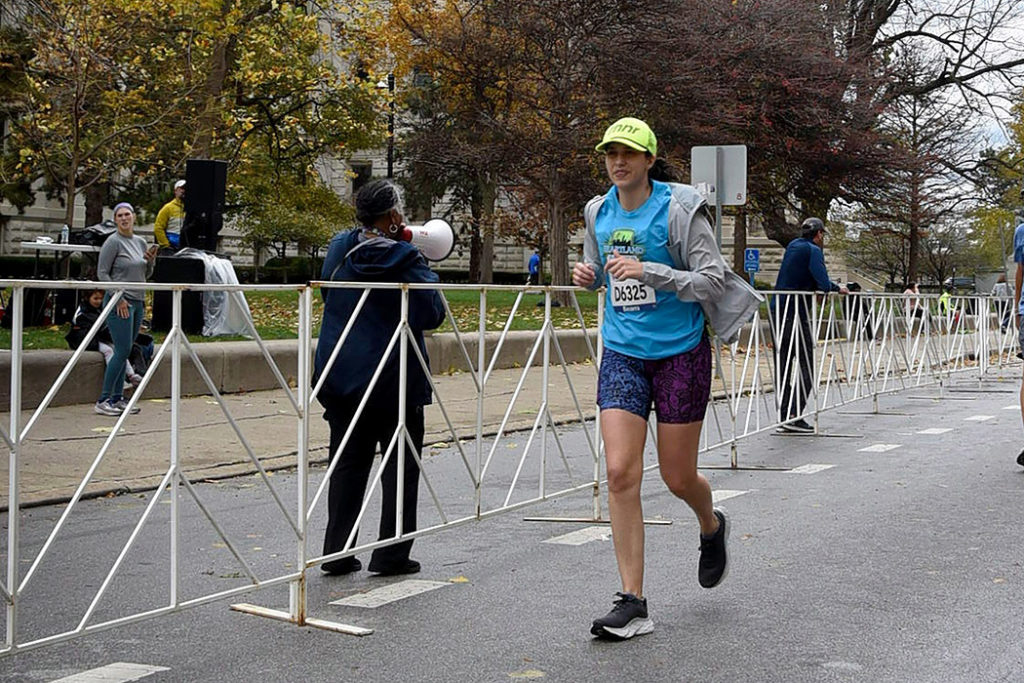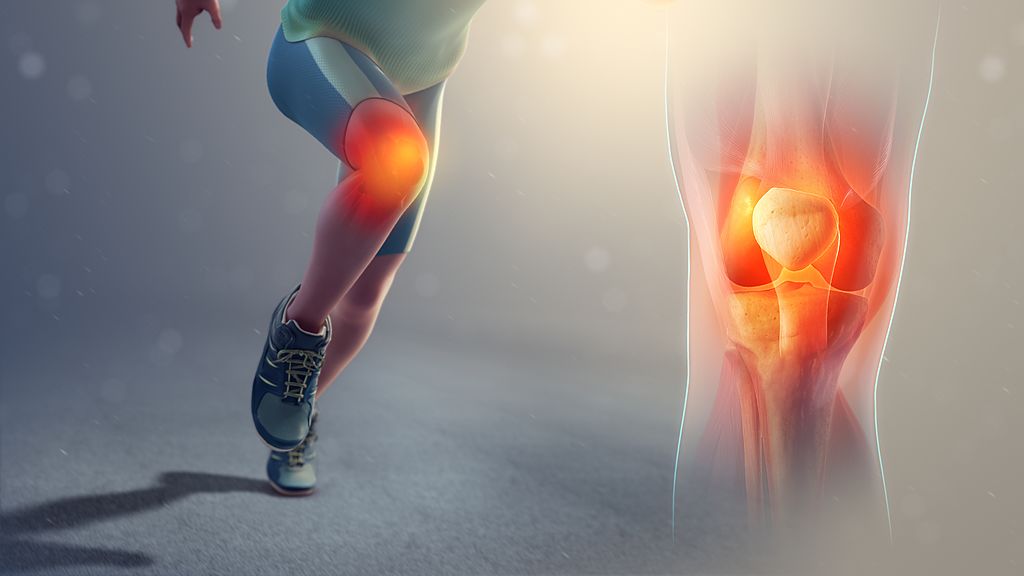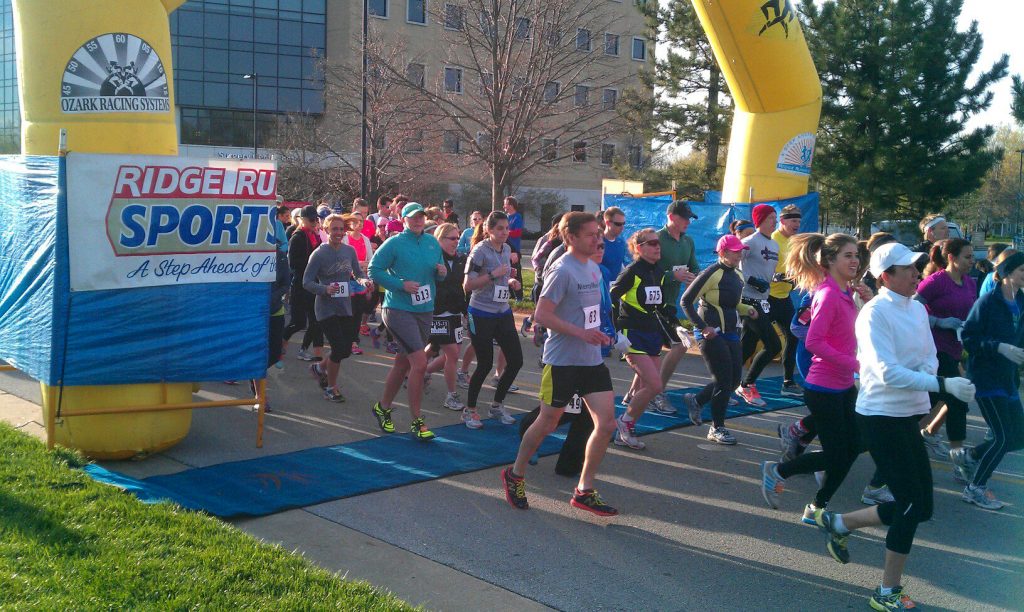I have struggled with pain while running since 2022. It turns out I have arthritis in my right foot, which was causing a whole cast of other problems. After consulting with several doctors, I finally found relief with custom orthotics.
I decided to share this experience because there are a lot of misconceptions about custom insoles for running. I’ve found many negative threads online, but for me, custom orthotics have been a game-changer. Getting used to them took some time and adjustments, but it was worth it because I can finally run without pain.
Running with custom insoles requires patience and the right guidance from a professional. Here are some insights into what to expect.
They’re hard, not soft
I had used over-the-counter insoles for a couple years before going the custom route. I think many runners have and that leads to a misconception that custom orthotics will be soft and comfortable. But they’re hard — super hard compared to over-the-counter insoles. That’s part of why it takes a while to get used to custom orthotics.
Custom insoles are expensive
You may experience some price shock the first time you talk with a doctor about custom orthotics because they’re not cheap. Expect to be quoted anywhere from $250-500 for one pair. Over-the-counter brands charge much less ($50-65 usually) but these don’t last as long and they aren’t meant to correct issues.
Adjustments are normal
Custom insoles are made to fit you and no one else, which means you need to say something to the podiatrist you’re working with if the orthotics aren’t perfect. The doctor will understand and make the necessary adjustments. You should be able to walk and run pain-free after a two-week break-in period.
Getting used to them takes months not weeks
Just because they don’t hurt doesn’t mean you’re used to the orthotics. It’ll likely take closer to two months before you’re on a run and not thinking about your insoles.
A flat, fresh surface is ideal
If you popped your fresh new custom insoles into an old pair of old shoes, you might be taking some of your old problems with you — literally. Just look at your shoes: there might be a funky wear pattern on the bottom and the foundation might be softer or more worn in certain spots.
So consider starting fresh with your new orthotics: Buy a new pair of running shoes. Give your feet an unblemished and flat surface to go to work on fixing your pain. And when I say flat, I mean it! Shoes with a higher heel drop might not feel as good with insoles added as a zero drop or low drop shoe.
Not all shoes will work with orthotics
Related to the low shoe drop tip, you’ll find that some shoes just don’t work with your insoles. The shoes could be too narrow, too wide, too firm, too soft, and the list goes on. So when you try on new shoes, put your inserts in them.
Get a second pair when you’re sure
As much as you might want to buy two pairs of orthotics right away, wait to buy the second pair. Order them after you’ve adjusted the first pair of to perfection. The company that made the insoles will have your foot shape on file and can send the perfect fit to you every time you want to buy a new pair.
Be nice to your feet
As you get used to your new custom insoles for running, be nice to your feet. Ice them if they’re sore. Massage them if they’re tired. Stretch them while you’re sitting down. If your feet swell or get tired, your orthotics may feel uncomfortable. So pamper those feet. They deserve it after all, because they take you everywhere you want to go.



